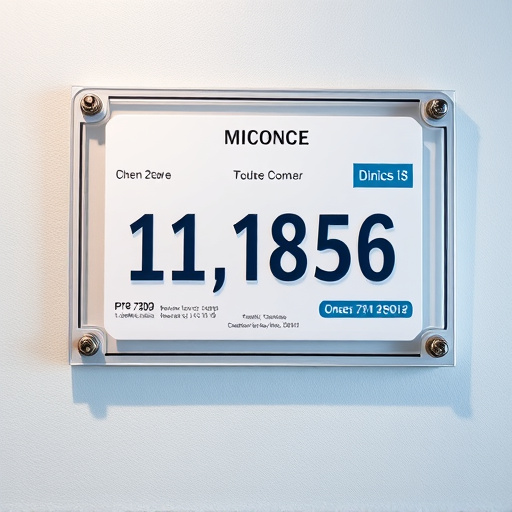In the automotive sector, choosing between dry and oiled filter intakes is crucial for engine performance. Dry filters, simple and efficient at trapping larger particles, maintain faster airflow but may struggle in extreme conditions. Oiled filters, with their liquid coating, offer superior dust capture, ideal for high-performance vehicles or polluted environments, though they slightly reduce airflow velocity. The optimal choice balances filtration efficiency and airflow needs, impacting engine health and driving experience, especially when considering environmental factors.
In the realm of automotive filtration, understanding the nuances between dry and oiled filter intakes is paramount. This article delves into the heart of these contrasting technologies, shedding light on their distinct operational principles. We explore the fundamental differences in ‘Dry Filter vs Oiled Filter Intakes’, analyzing their efficiency, performance, and practical applications. Through this comparison, readers will gain valuable insights to make informed choices, enhancing both engine health and overall vehicle performance.
- Dry Filter vs Oiled Filter Intakes: Understanding the Basics
- Efficiency and Performance Comparison: Dust Retention and Airflow Rates
- Practical Applications and Considerations for Each Filter Type
Dry Filter vs Oiled Filter Intakes: Understanding the Basics

In the realm of engine performance, the choice between a dry filter and oiled filter intake is a key consideration. Dry filters, as the name suggests, rely solely on air to cool and clean the incoming air stream. This design offers advantages such as quicker airflow and easier maintenance, making them popular choices for many vehicle owners. On the other hand, oiled filter intakes introduce a layer of protection through a thin oil film, which traps smaller particles effectively. This design provides enhanced filtration, capturing more contaminants, but can lead to slightly slower air flow due to the additional medium.
Understanding these fundamentals is crucial when comparing dry and oiled filter intakes. Each has its unique benefits and trade-offs, catering to different driving styles and needs. In terms of performance, oiled filters excel in environments with high contamination levels, while dry filters shine in areas with cleaner air, offering a balance between filtration efficiency and airflow dynamics.
Efficiency and Performance Comparison: Dust Retention and Airflow Rates

When comparing dust capacity, one key aspect to consider is the efficiency and performance of different filtration systems. In particular, the retention of dust particles and airflow rates between dry filter and oiled filter intakes significantly impact overall effectiveness. Dry filters, as the name suggests, use a solid medium like fiber or carbon to trap dust, while oiled filters employ a liquid coating that attracts and retains airborne debris.
In terms of dust retention, oiled filters often surpass their dry counterparts due to the inherent adhesiveness of the oil. This results in higher dust capture rates, especially for smaller particles. Airflow rates, however, can vary. Dry filters typically allow for greater airflow, making them more efficient for high-volume applications where faster air circulation is crucial. Oiled filters, with their coating, might slightly reduce airflow velocity but offer a more consistent and prolonged filtration performance, ensuring cleaner air over extended periods.
Practical Applications and Considerations for Each Filter Type

In the realm of automotive performance, the choice between a dry filter and an oiled filter intake is a key decision that can impact engine health and overall driving experience. Each type has its practical applications and considerations.
Dry filters, for instance, are known for their simplicity and ease of maintenance. They require less frequent replacement and are ideal for everyday driving conditions where dust and debris levels are moderate. However, in extreme off-road scenarios or heavily polluted urban environments, dry filters may struggle to capture finer particles, potentially leading to increased wear on the engine over time. On the other hand, oiled filters, with their intricate design, offer superior dust-capturing capabilities. They are recommended for high-performance vehicles or those driving in dusty conditions regularly. The oil acts as a barrier against smaller particles, reducing the strain on the engine and ensuring smoother operation.
In comparing dry filters and oiled filters for intake systems, understanding their distinct capabilities is key. Dry filters excel in high-flow scenarios, offering efficient dust retention while maintaining robust air filtration. Oiled filters, on the other hand, specialize in trapping finer particles, providing excellent protection against microscopic contaminants. Each type has its practical applications, with dry filters suited for demanding environments and oiled filters ideal for industries requiring exceptional particle capture. This conclusion highlights the significance of choosing the right filter based on specific needs, ensuring optimal performance and air quality.














